Thinking about adding CCTV to your home or business? You’re not alone – most people want extra eyes on their property without breaking the bank. The good news is that installing a basic system is easier than you think, and you can keep costs under control by planning ahead.
First, decide where you need coverage. Front doors, driveways, back gardens and any blind spots are the usual suspects. Write down each area, then think about lighting – a camera that can see in low light will save you a lot of headaches later.
When you shop for cameras, look for a few key features: resolution of at least 1080p, night‑vision LEDs, and a weather‑proof rating if it’s going outdoors. If you want to watch footage on your phone, pick a system that offers a mobile app and cloud or local storage options.
Don’t forget about power. Most modern cameras run on PoE (Power over Ethernet) which means a single cable provides both data and electricity. PoE simplifies wiring and reduces the need for extra outlets. If you prefer wireless, make sure the Wi‑Fi signal is strong where you plan to mount the camera.
Price can vary a lot. A basic two‑camera kit for indoor use might cost £150‑£250, while a robust outdoor setup with hard‑wired PoE and a recorder can run £500‑£1,000. Add about £50‑£100 per camera for mounting brackets and accessories.
1. Plan the layout. Mark the exact spots on a floor plan. Keep cameras at a height of 8‑10 feet for a good view and to stay out of easy reach.
2. Run the cabling. For PoE, pull Ethernet cable from your router or NVR (Network Video Recorder) to each camera location. Use outdoor‑rated cable for exterior runs and protect it with conduit if needed.
3. Mount the brackets. Drill pilot holes, insert wall plugs, and screw the brackets firmly. A level helps keep the camera straight.
4. Attach the camera. Slide it onto the bracket, tighten the screws, and adjust the angle so the field of view covers the desired area. Most cameras have a swivel for fine‑tuning.
5. Power up and configure. Connect the Ethernet cable to the PoE switch or injector, then power the switch. Use the app or web interface to add the camera, set motion detection zones, and choose storage settings.
6. Test the system. Walk through the coverage area and check the live feed on your phone or monitor. Tweak angles or focus if anything looks blurry or out of frame.
7. Secure your data. Change default passwords, enable two‑factor authentication if available, and keep firmware updated. This stops hackers from getting into your cameras.
That’s it – you’re now watching your property like a pro. If any step feels too technical, remember that many installers charge a flat fee for wiring and mounting, which can be cheaper than a full service contract.
Finally, keep an eye on local regulations. In the UK, you generally need permission if the camera points to public spaces or neighboring properties. A quick check with your council can save you legal trouble later.
With the right hardware, a clear plan, and a few DIY tricks, a reliable CCTV system is well within reach. Stay safe, stay aware, and enjoy the peace of mind that comes with knowing you’ve got eyes on what matters most.
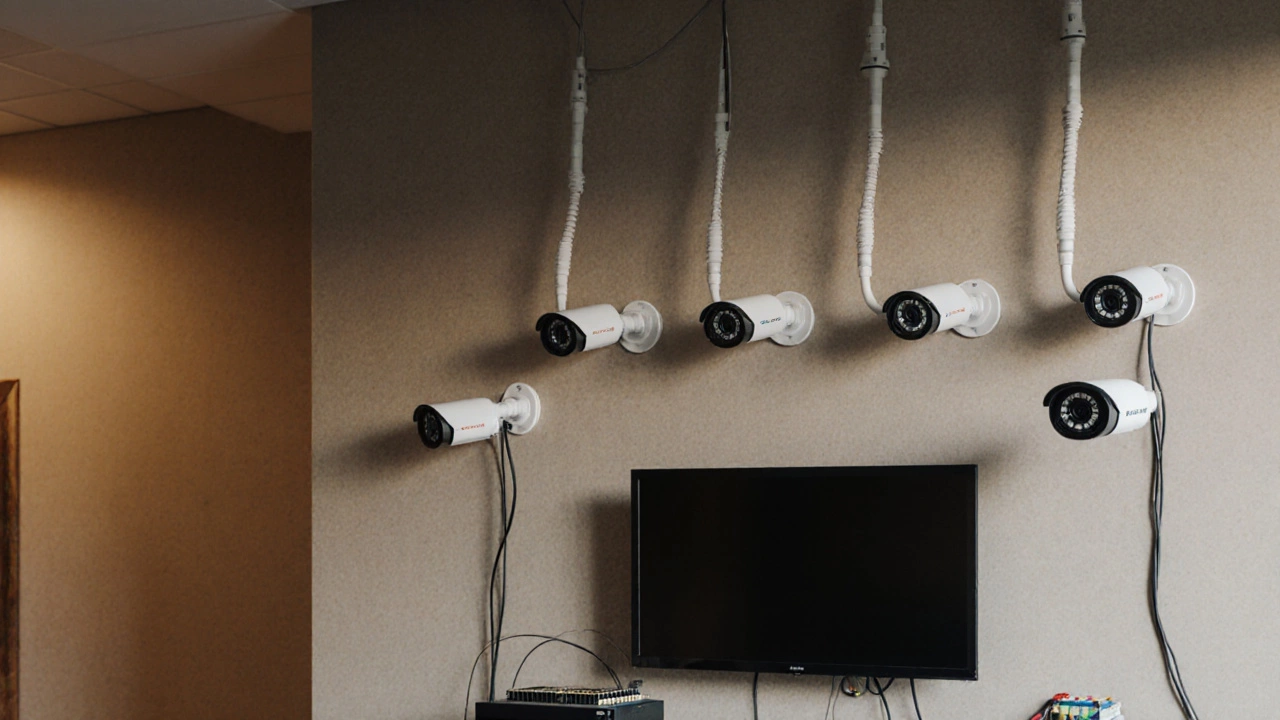
CCTV is a complete surveillance system - not just the camera. Learn the key differences between a CCTV system and a CCTV camera, why the confusion matters, and how to avoid costly mistakes when installing security for your home or business.
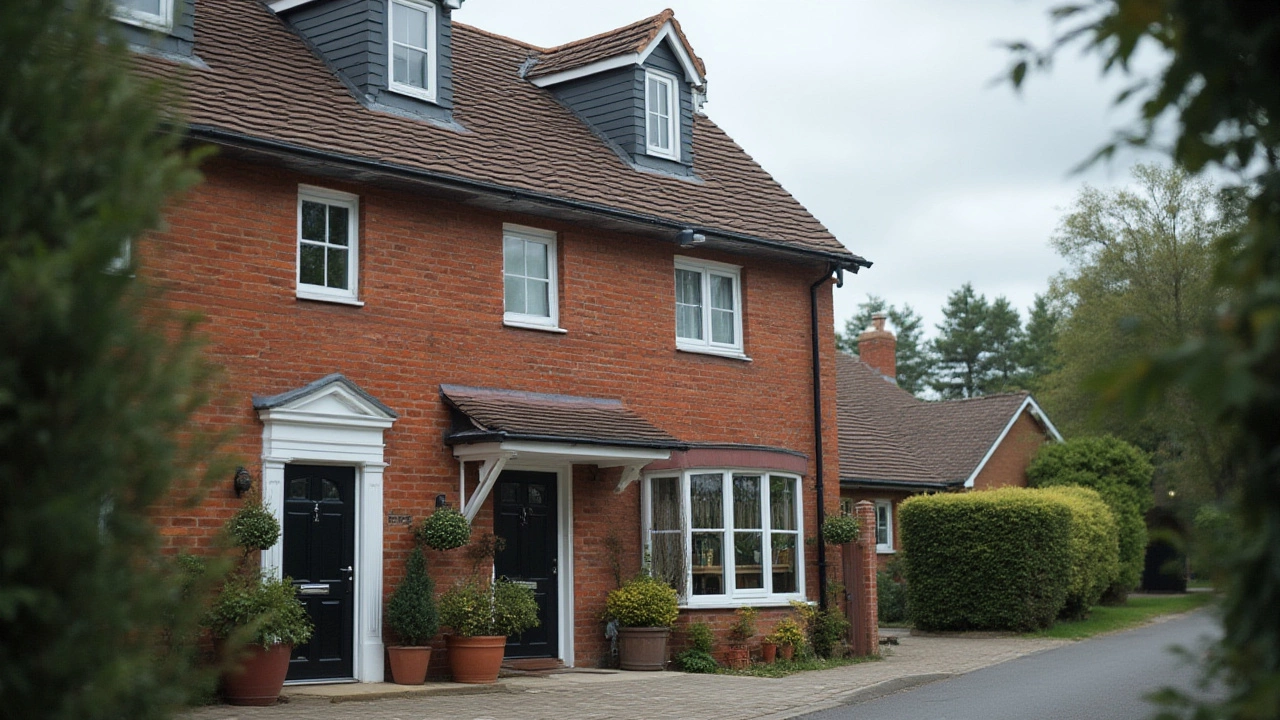
Curious about the right—and wrong—places for security cameras at home? This deep dive covers privacy risks, legal mistakes, and smarter locations to avoid trouble.
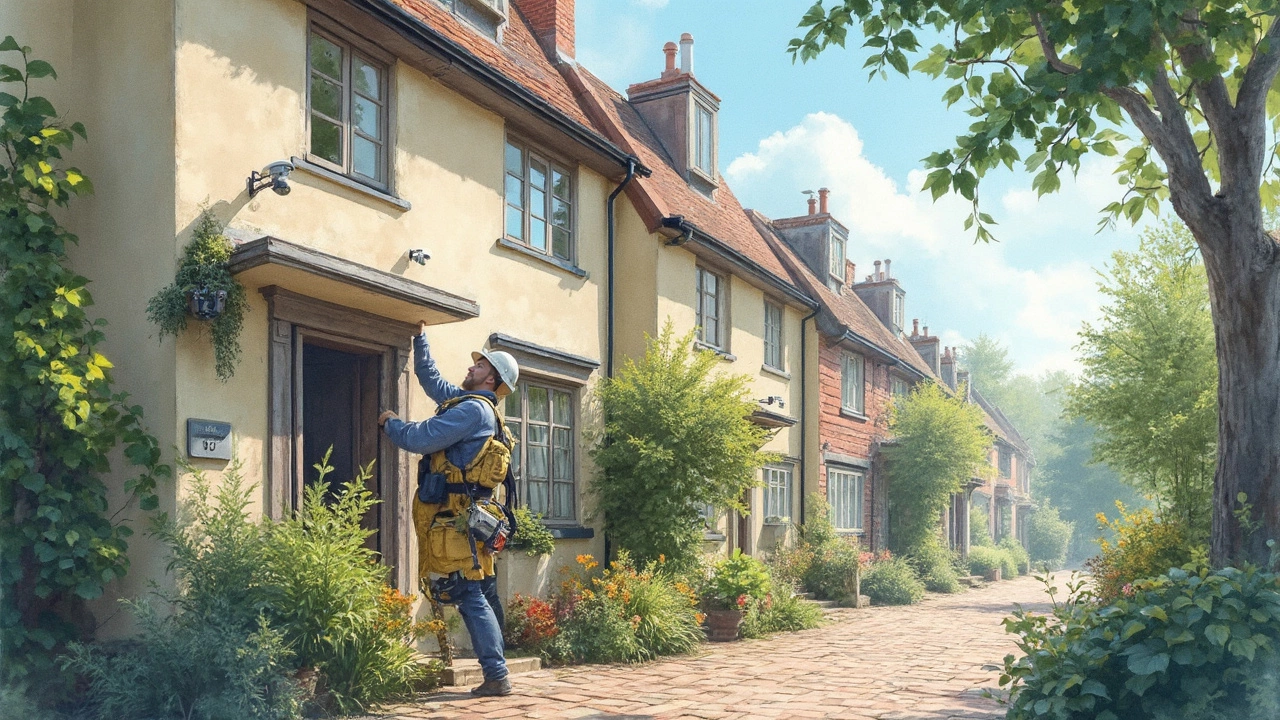
Ever wondered if electricians can handle CCTV installations? You're not alone! Electricians are usually skilled in many areas, and fitting CCTV systems is often one of them. However, the cost varies, and knowing what to expect can save you a headache. Here's a practical guide to help you navigate the intricacies of CCTV installations by electricians.
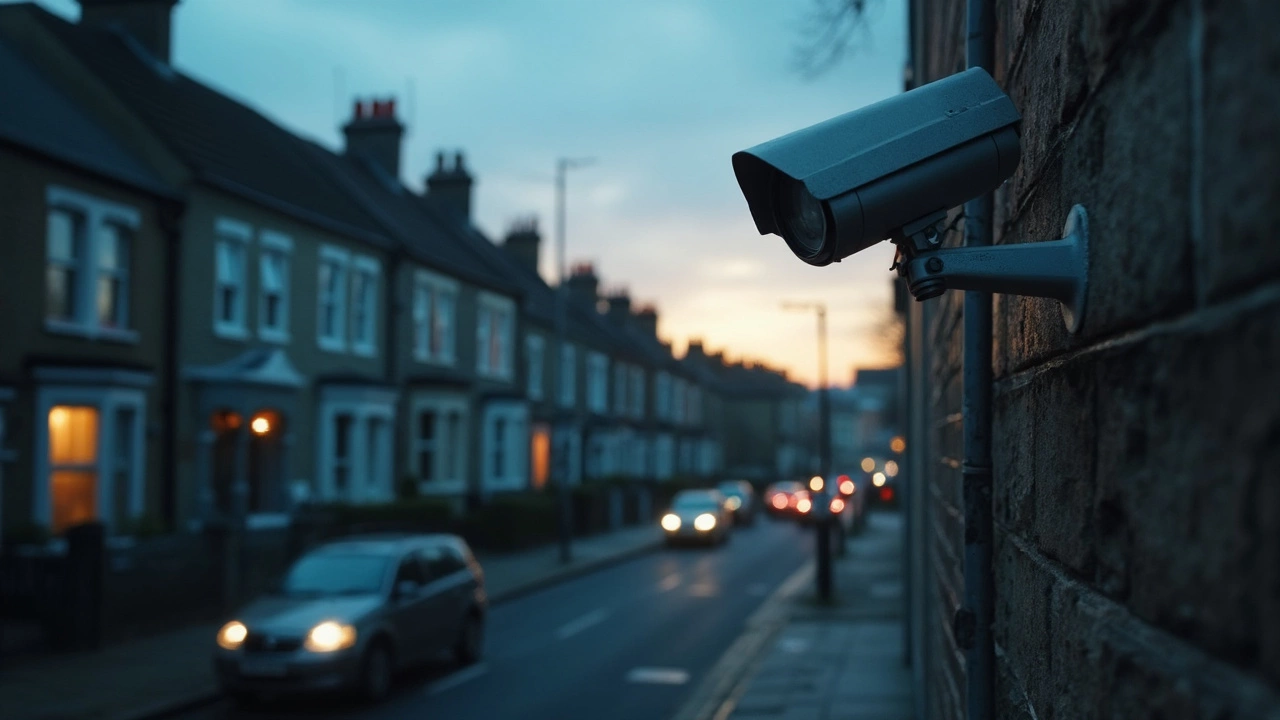
Ever wondered what sends burglars running for the hills? It's high time we talk about how CCTV systems play a big role in home security. This article dives into what burglars hate the most and why investing in a surveillance system is worth every penny. Plus, we'll dish out tips on getting the most bang for your buck with CCTV installation. Whether you're a first-timer or upgrading your security, this guide has useful insights for everyone.
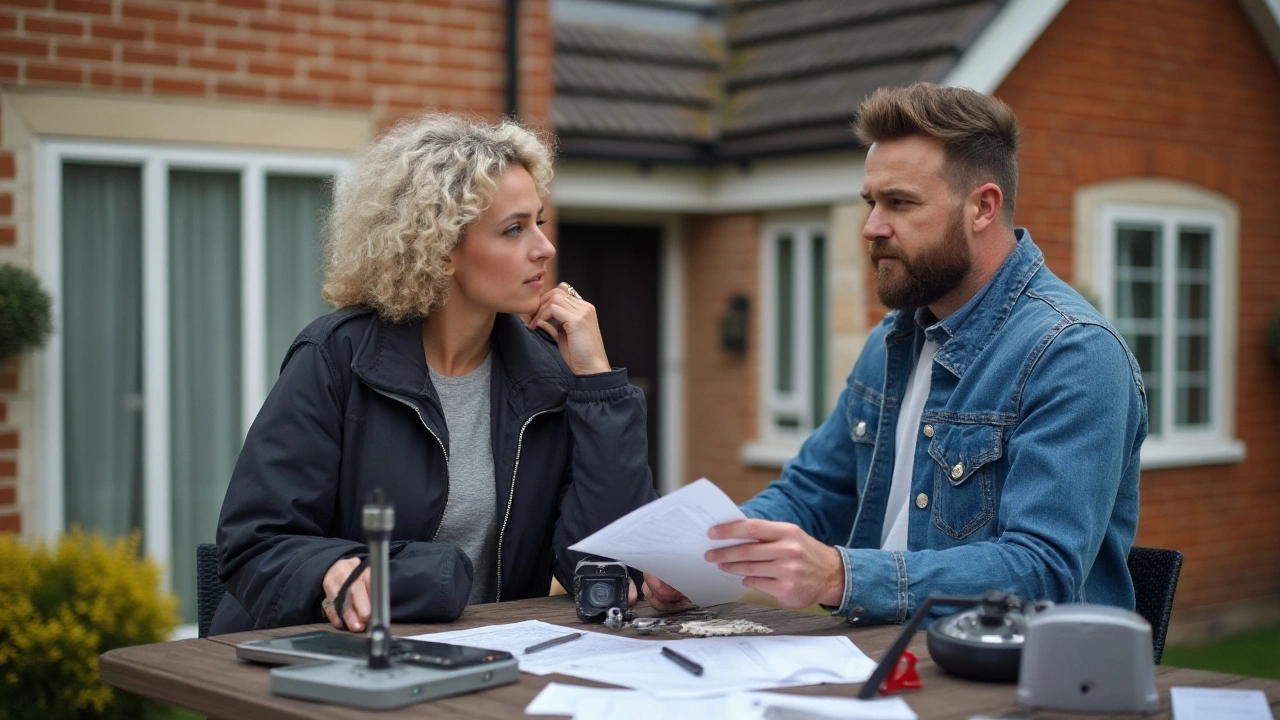
Exploring the financial aspects of hiring a CCTV installer, this article delves into the hourly rates and factors influencing the cost. Discover the average rate you might expect to pay and learn about potential extra charges tied to installation complexity. Gain insights into obtaining accurate quotes and tips for finding a reliable installer, ensuring you maximize your investment while enhancing your security setup.